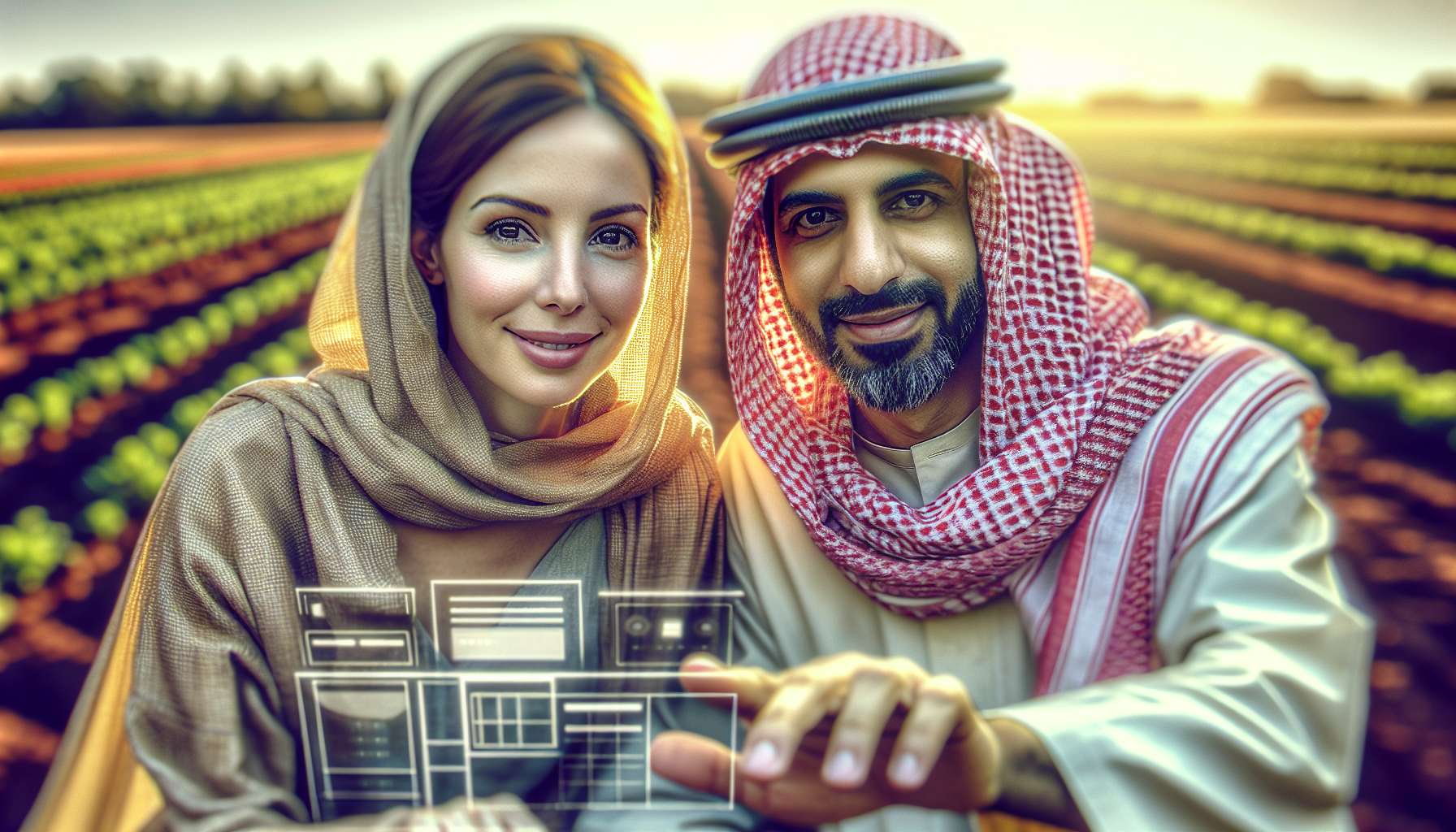The New Frontier of Agriculture: Using AR for Equipment Training and Maintenance
When we think of augmented reality (AR), we often envision futuristic gaming experiences or immersive virtual tours. However, this cutting-edge technology is not limited to entertainment and has found its way into various industries, including agriculture. In recent years, AR has emerged as a powerful tool for equipment training and maintenance in the agricultural sector, revolutionizing the way farmers and technicians approach their work.
Enhancing Training Programs
One of the key challenges in agriculture is ensuring that farmers and equipment operators are well-trained to handle complex machinery. Traditional training methods often involve lengthy manuals or in-person sessions, which can be time-consuming and costly. This is where AR comes in, offering a more efficient and engaging alternative.
With AR, farmers can access interactive training modules that overlay digital information onto real-world equipment. By wearing AR-enabled glasses or using mobile devices, trainees can visualize step-by-step instructions, safety guidelines, and troubleshooting tips directly on the machinery they are working with. This immersive experience not only accelerates the learning process but also improves retention and reduces the risk of errors.
Streamlining Maintenance and Repairs
Keeping agricultural equipment in optimal condition is crucial for maximizing productivity and minimizing downtime. AR technology plays a vital role in simplifying maintenance and repair tasks, empowering technicians with real-time guidance and information.
Using AR applications, technicians can access digital overlays that provide detailed instructions for equipment maintenance, highlighting specific components and guiding them through each step. This eliminates the need for bulky manuals or time-consuming searches for information, allowing technicians to work more efficiently and accurately.
AR can also facilitate remote assistance, enabling technicians to collaborate with experts in real-time. By wearing AR glasses or using mobile devices, technicians can share their field of view with remote specialists who can guide them through complex repairs or troubleshooting procedures. This not only saves time and travel costs but also ensures that expertise is readily available, regardless of geographical constraints.
Realizing the Benefits
The integration of AR into agriculture brings numerous benefits to farmers, equipment operators, and technicians alike. By leveraging this technology, businesses can:
- Reduce training time and costs
- Improve training effectiveness and knowledge retention
- Enhance equipment maintenance and repair efficiency
- Minimize equipment downtime and associated losses
- Enable remote collaboration and expert assistance
Furthermore, AR can contribute to sustainable farming practices by promoting precision agriculture. By overlaying data on crop health, soil conditions, and weather patterns, AR can assist farmers in making informed decisions regarding irrigation, fertilization, and pest control. This targeted approach not only optimizes resource utilization but also reduces environmental impact.
The Future of AR in Agriculture
As AR technology continues to advance, we can expect even more exciting developments in the agricultural sector. From autonomous drones equipped with AR capabilities for crop monitoring to smart glasses that provide real-time data on plant health, the possibilities are endless.
With the increasing demand for food production and the need for sustainable farming practices, AR has the potential to revolutionize the way we cultivate crops and maintain agricultural equipment. By embracing this new frontier, farmers and businesses can unlock a world of innovation and efficiency, paving the way for a brighter future in agriculture.





